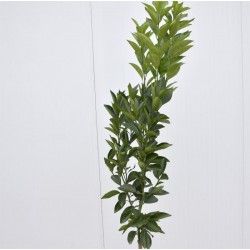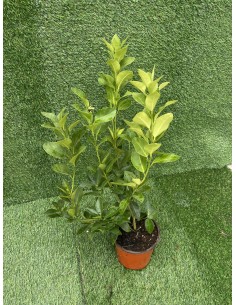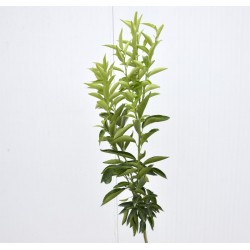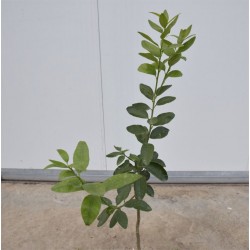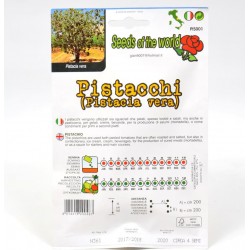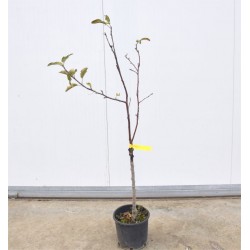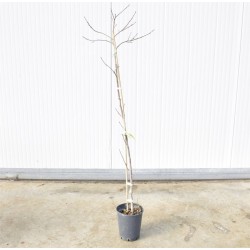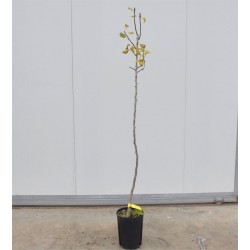copy of Clementine tree
Generalities Clementine tree:
The clementine tree (Citrus x clementina) is a hybrid generated by the cross between mandarin and bitter orange belonging to the Rutaceae family. Considered more of a variety of mandarin, this plant is actually a species of the genus Citrus as it is capable of reproducing and maintaining the characteristics and qualities of the mother plants unaltered. It is a small tree, 3 meters - 4 meters high, evergreen. This fruit is mainly eaten fresh or used to make drinks or jams.
- jar 22cm, height 150/170cm
Sale of Clementine Tree, available in the following formats:
- jar 22cm, height 150/170cm
Generalities Clementine tree:
Clementine is a citrus fruit that is part of the Rutaceae family, the genus Citrus and the species from which it takes its name, or clementine. Nowadays, the clementine represents the most widespread mandarin orange in the world, since it is characterized by being a hybrid that is obtained thanks to the cross between the mandarin and the bitter orange. The clementine is, in short, a small tree, which can count on excellent vigor (much more than the mandarin), with a crown that is characterized by being particularly expanded and with a rounded shape. The branches of this small tree are, in most cases, characterized by the presence of several thorns, while the roots develop in depth and are taproots. The leaves of the clementine tree are characterized by being evergreen, having a lanceolate shape, a green color and petioles that have small wings. As for the flowering of the clementine, we must emphasize that it always occurs in a rather abundant way, while the fruiting occurs late. Pollination is entomophilous, since bees and many other pollinating insects take care of this operation. The fruit takes the name of clementine and is characterized by being a small berry with small size and also takes the name of hesperidium. This fruit is characterized by having a decidedly round shape, with a particularly smooth skin (while in some cases it is wrinkled), rather thin, which can be easily detached from the endocarp and which has a characteristic orange color. The endocarp is divided into a good number of segments that are delimited by thin membranous walls in which the juicy, rather sweet pulp is found, with an intense and fragrant orange color.
Clementine Tree Cultivation and Care:
Clementine, like all other citrus fruits, is a citrus fruit that prefers development in all those areas that are characterized by having a warm temperate climate, while the ideal environment is represented by the Mediterranean basin. Clementine has a much higher resistance to cold than mandarin, although it must be emphasized that it is present on a rather slow and irregular flowering and fruiting, since it suffers and depends a lot on the occurrence of thermal changes. , for a correct development, prefers loose soils, with a medium mixture, particularly deep, fertile and with excellent drainage, which have a pH that is close to neutrality and with a good quantity of organic substance, in such a way as to be able to guarantee that the ground is well ventilated.




